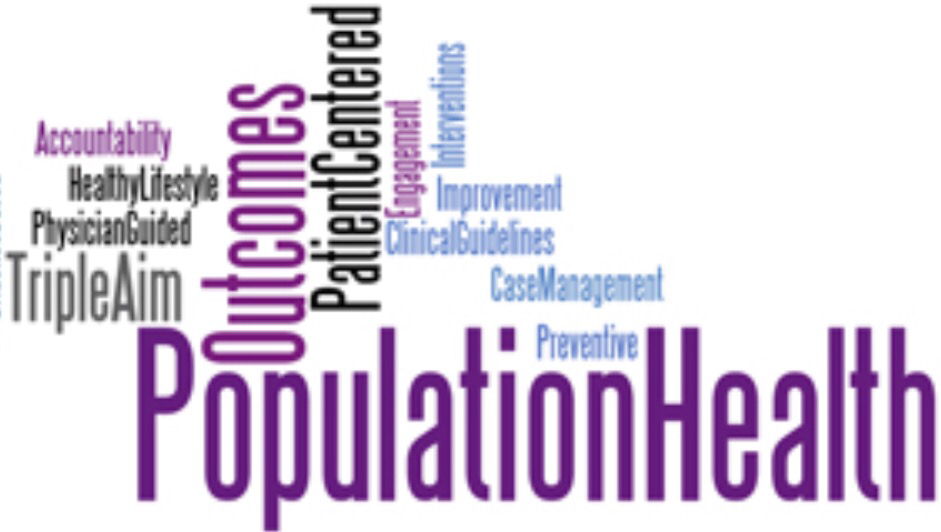Blog post by Jack Duffy Date: July 07, 2015
 Asking if the physician community has a role in population management and the utilization risks associated with ACO’s may seem illogical. The physician is the fountain of all spend and they drive the majority of patient care treatment plan costs. As closer look will reveal some interesting points and start to determine where healthcare organizations need to develop the tools to manage risk in today’s environment.
Asking if the physician community has a role in population management and the utilization risks associated with ACO’s may seem illogical. The physician is the fountain of all spend and they drive the majority of patient care treatment plan costs. As closer look will reveal some interesting points and start to determine where healthcare organizations need to develop the tools to manage risk in today’s environment.
Primary Assumption One:
The payment for healthcare will continue a downward trend until government can match revenue with expenses. The exact total of required additional discounts from today’s payment level remains an area of considerable debate. I believe a range of 20 to 30 percent can be expected in the next several years. Government and insurance companies counter these losses with a mandate to eliminate waste, stop fraudulent behavior and adopt best practice. When these actions are complete there will be sufficient funds to provide care to all populations. Organized healthcare will have to complete these steps while at the same time funding wage, pharmacy and supply inflation.
Primary Assumption Two:
Physicians ordering behaviors are learned by observing what works and once mastered can be repeated over the course of an entire career. Diagnosing physicians employ a decision window estimated to last about 90 seconds. This can include pharmacy, therapy, additional diagnostics or referrals to specialistphysicians. If future best practice requires customized treatment plans that consider multiple options and perhaps the patient individual genomic profile, one can see that 90 seconds may not be optimum. To survive in the new economic reality, either the decision window must expand exponentially or expert systems be deployed to automate the review of alternatives to match the time allowed to create a treatment plan.
First Generation Solutions:
Significant software design energy is being expended to build, test and deploy tools that include CentraMed’s “Actionable Analytics”. The healthcare industry’s ability to produce massive amounts of data represents both the solution and the problem. The ability to influence treatment plans in advance of using those resources is critical. This first generation solution needs to have the following characters:
1. They must be device agnostic, able to operate in any environment
2. Data must reside in a secure Internet addressable space
3. Cycle time must be compatible with physician decision windows to maximize impact
4. Treatment options based on evolving best practice need to be filtered and displayed concurrent with the patient’s visit.
CentraMed’s solutions meet these first generation requirements and also recognizes that tomorrow’s questions are yet to be determined. Data access must be both comprehensive and efficient to allow for a constantly evolving query environment.



Speak Your Mind